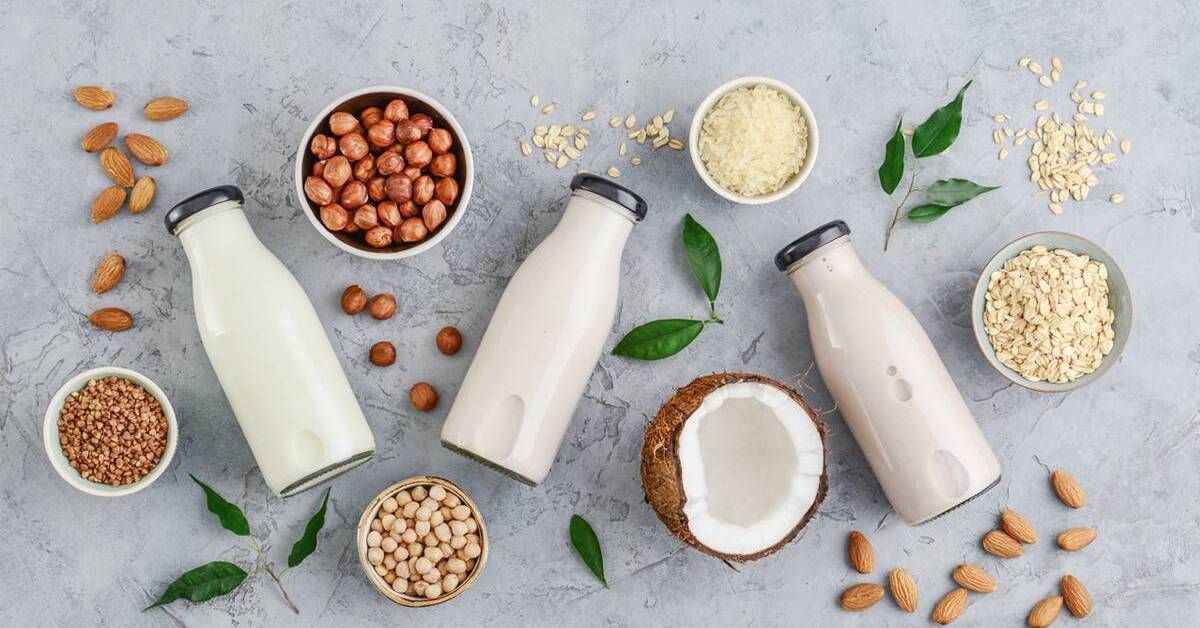The plant kingdom is very fascinating. Besides the leaves and fruits, they also provide a wide variety of edible roots, stems and seeds. The almond tree is an example of providing edible seeds. The almond seed (or for the convenience we will call it just almond) is one of the many fascinating edible seeds, with a lot of nutritional and health benefits. In this blog we will discuss 9 facts about the almond seed.
The almond tree
Almond seeds are logically seeds of almond trees. Almond trees are native to Iran and the surrounding countries and can grow up to 10 meters. This tree is believed to grow in Mediterranean climates, still it is widespread into more tropical parts of the world. There are two variants of almonds , the sweet and bitter ones. The sweet almonds ( Prunus dulcis variety dulcis) are commonly used for consumption. The oil of bitter almonds ( Prunus dulcis variety amara) is used in the manufacture of flavouring extracts for foods and liqueurs, though prussic acid must first be removed.

Drupes
It is commonly believed that almonds are nuts, but that is not completely true. In the botanical world, a nut is a dry, hard-shelled fruit. But as you can see, almonds have a fleshy outer layer. Almonds fruits are drupes. A drupe is a fleshy fruit with thin skin and a central stone containing the seed. Some other popular drupes are: plums, cherries, and olives.

Nutritional facts
The almond is very unappreciated by many. If we take a look at the nutritional value of almonds you would be surprised why many people do not rush to buy almonds and eat it. In the illustration below you can see that almonds are packed with protein, viber, carbohydrates and fats. Many will argue that it has 50 gram of fats per 100 gram, but 46 gram of that are unsaturated fats ( the so-called healthy fats). For those worried about their protein intake, 100 gram of almonds has as much as 21 gram of protein and that's around 40% of your recommended daily intake. Almonds contain calcium, magnesium, manganese, copper, vitamin K and zinc, all of which contribute to bone health. Experts have recommended almonds as a way to obtain some of these nutrients.
 |
| Almonds Nutrition Facts |
High in antioxidants and Vitamin E
Almonds are a fantastic source of antioxidants. Antioxidants help protect against oxidative stress, which can damage molecules in your cells and contribute to inflammation, aging and diseases like cancer. The powerful antioxidants in almonds are largely concentrated in the brown layer of the skin. Vitamin E is a family of fat-soluble antioxidants.These antioxidants tend to build up in cell membranes in your body, protecting your cells from oxidative damage.Almonds are among the world's best sources of vitamin E, with just 30 gram of almonds providing 37% of the RDI (Recommended Daily Intake) Several studies have linked higher vitamin E intake with lower rates of heart disease, cancer and Alzheimer's disease
Magnesium in Almonds
Almonds are extremely high in magnesium, a mineral that many people don't get enough of. The consumption of roughly 60 gram of almonds will provide the RDI. High magnesium intake may offer major improvements for metabolic syndrome and type 2 diabetes. The magnesium also helps to regulate the blood pressure. Low magnesium levels are strongly linked to high blood pressure, indicating that almonds can help control blood pressure.
Lowering Cholesterol
Eating one or two handfuls of almonds per day can lead to mild reductions in “bad” LDL cholesterol, potentially reducing the risk of heart disease. “Bad” LDL cholesterol can become oxidized, which is a crucial step in the development of heart disease. Snacking on almonds has been shown to significantly reduce oxidized LDL.
Almond milk
Milk fortified from almonds is a more healthier and ethical milk to consume. It is low in calories and sugar and high in calcium, vitamin E and vitamin D. Additionally, it is suitable for people with lactose intolerance, a dairy allergy or kidney disease, as well as those who are vegan or avoiding dairy for any other reason. You can use almond milk in any way that you would use regular dairy milk. Try adding it to cereal or coffee, mixing it into smoothies and using it in recipes for ice cream

Almond Giants
The top producers of almonds, including the amount they produce annually are :
United States of America: 2,002,742 tons (70% of global production)
Spain: 202,339 tons
Iran: 147,863 tons
Morocco: 112,681 tons

Sustainability
In the recent year almond milk has been the most popular alternative for dairy milk. Other contenders in the non dairy milk market are: oat milk, hemp milk, soy milk, rice milk, coconut milk and some others. It has been proven that plant based milk is far more sustainable and ethical for the planet and ecosystem. Still there must be ways we must make the plant based milk sector more sustainable for when everyone chooses for plant based milk.

Almonds are very nutritious and healthy. It is recommended to incorporate almonds in your diet, if you did not do that already.
See you soon and remember, there is no such thing as knowing too much.
Missed my previous blog?
Read it here: Super Ginger!
Comments
Post a Comment